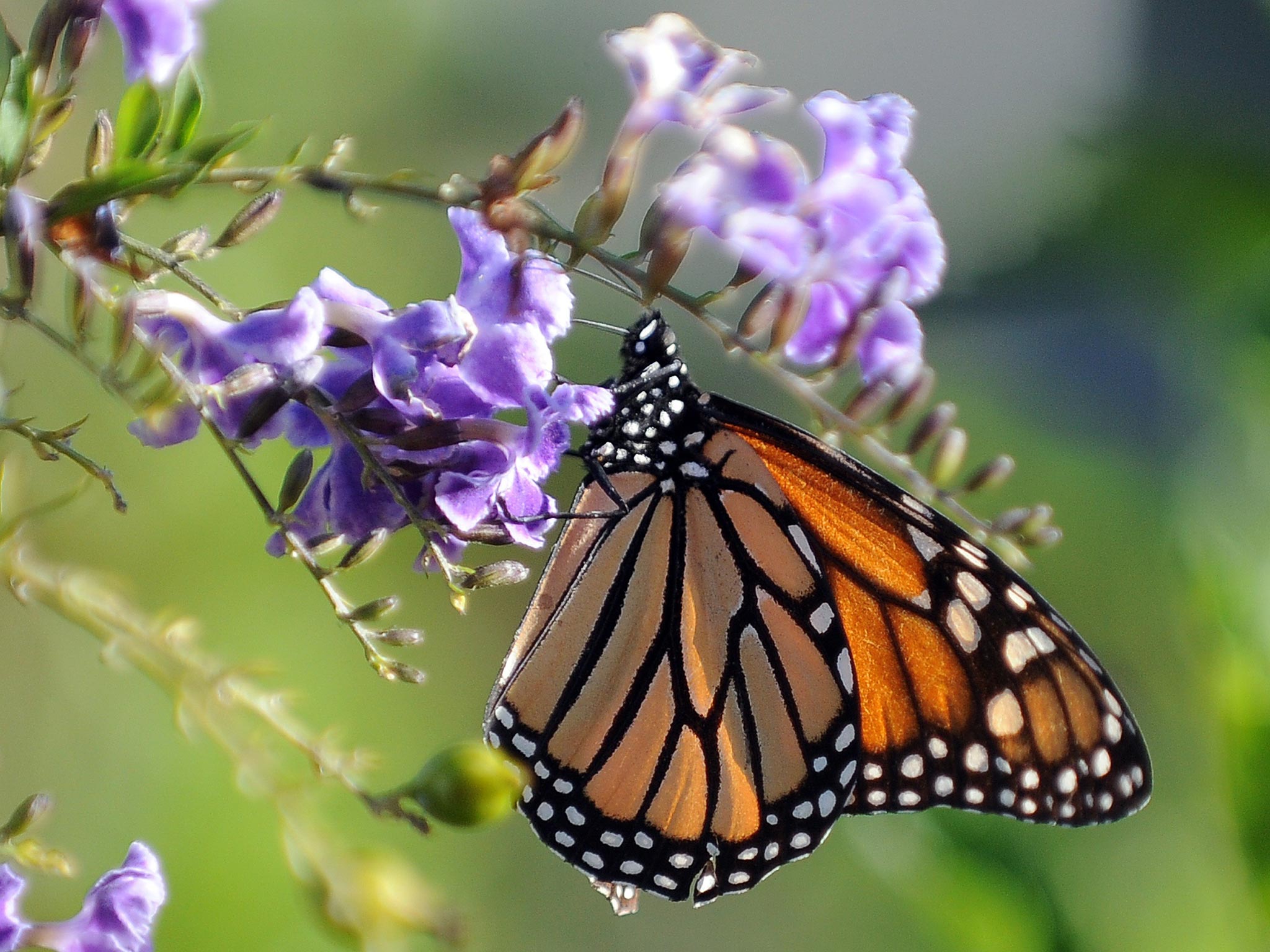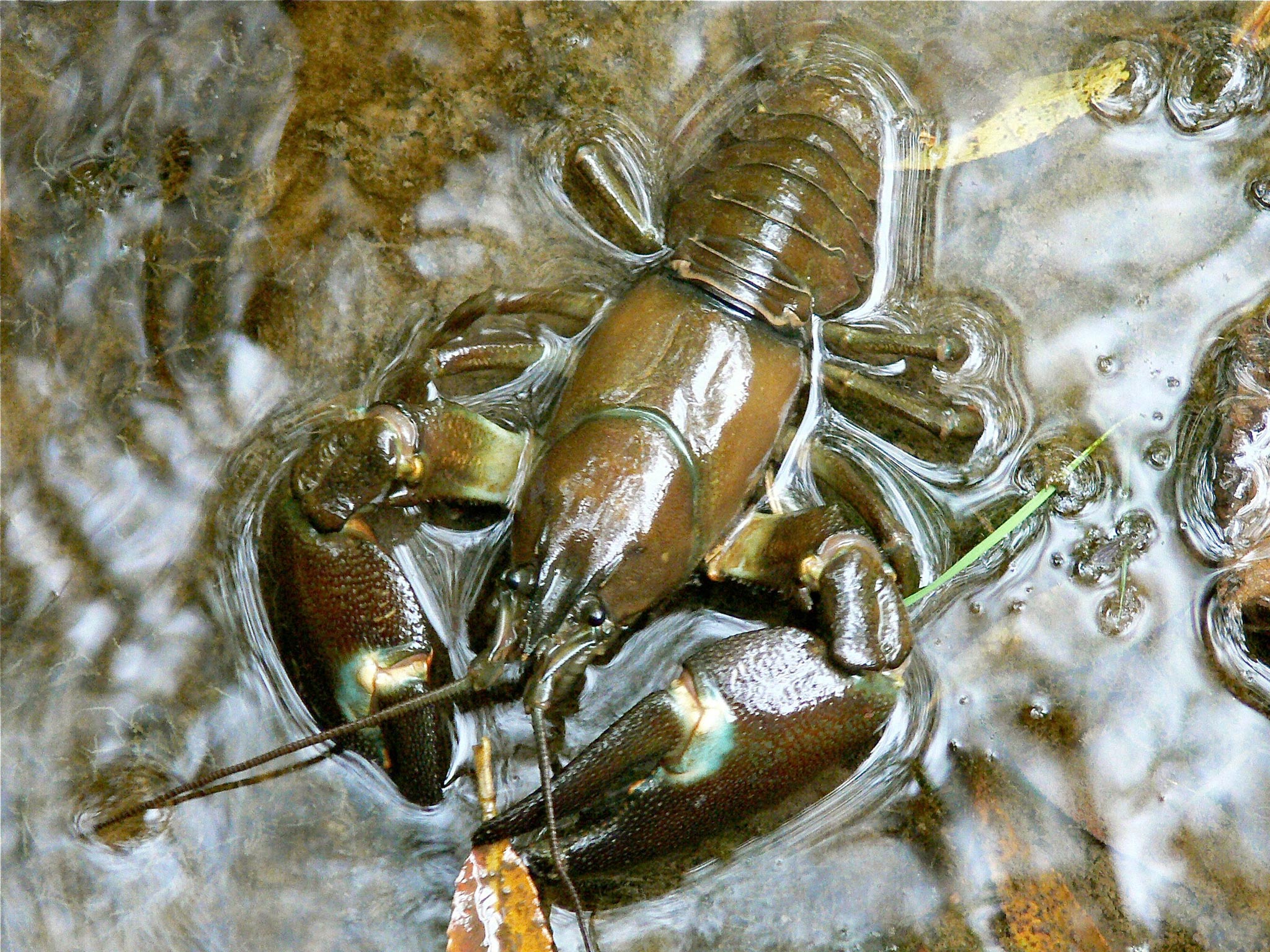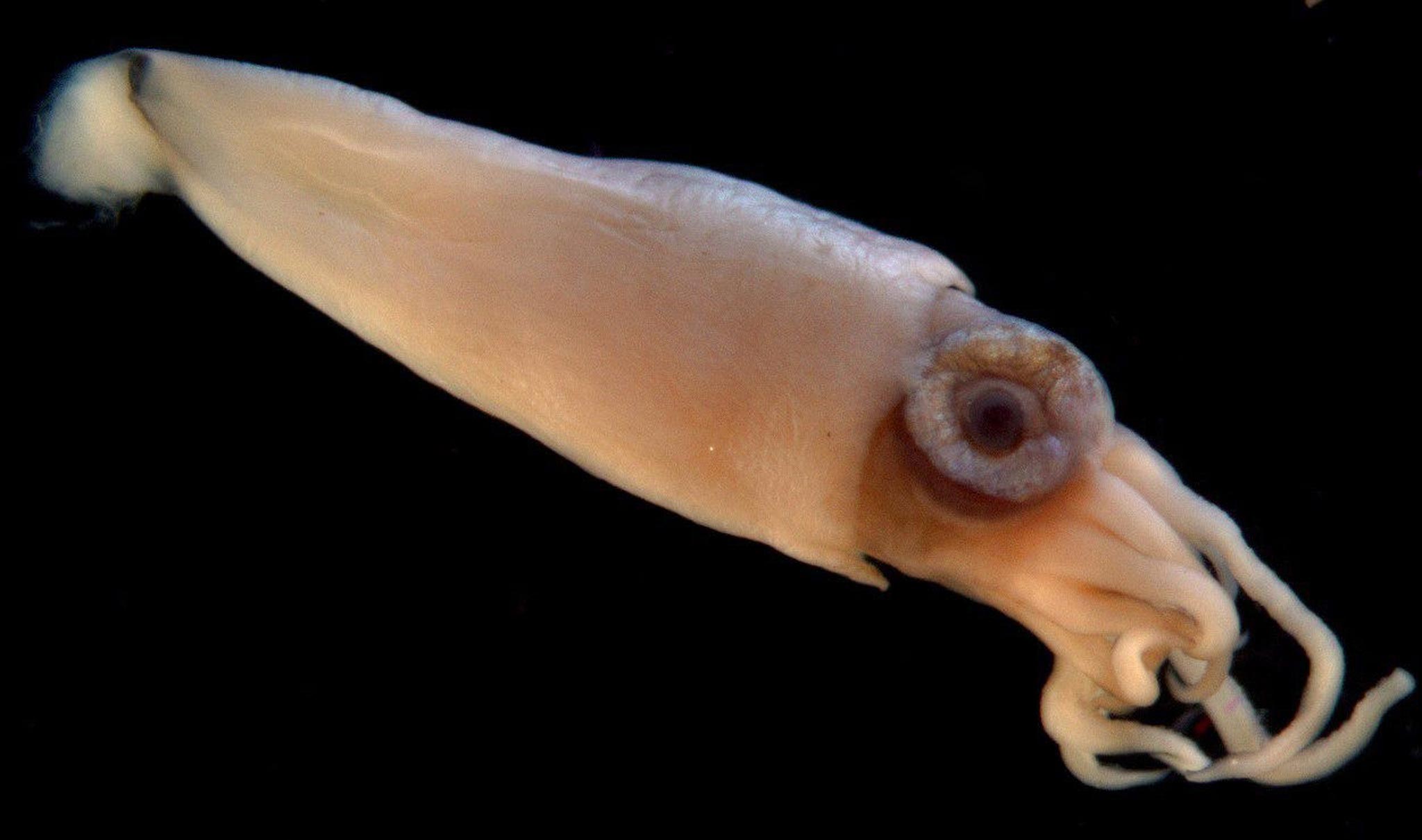Vital invertebrates decline by 45 per cent, study finds
Decline in insect, worm and other populations will affect our health, water quality and food supply

Insects, worms and other small animals that carry out vital functions for life on earth have declined by 45 per cent on average over 35 years, threatening human health, water quality and food supplies, a study has found.
The rapid decline in the number of invertebrates – animals without backbones – is at least as bad as the well publicised plight of the larger animals, according to scientists who said they were shocked by the findings.
Although there has has been far less research on invertebrates than on vertebrates, what little has been done suggests that they are undergoing a catastrophic fall in abundance which is having a severe impact on “ecosystem services” such a pollination of crops, water treatment and waste recycling, the scientists said.
The International Union for the Conservation of Nature (IUCN) has assessed less than one per cent of the 1.4m named species of invertebrates, yet of those studied about 40 per cent are considered threatened. Invertebrates constitute 80 per cent of the world’s species yet one in five could be at risk of extinction, scientists found.
An in-depth study by the IUCN of 203 insect species found that the vast majority of them were declining. Other studies based on numbers of individuals found that invertebrates overall had declined by 45 per cent since the 1970s.
“We were shocked to find similar losses in invertebrates as with larger animals, as we previously thought invertebrates to be more resilient,” said Ben Collen of University College London, a co-author of the study published in Science.

“While we don’t fully understand what the long-term impacts of these declining numbers will be, currently we are in the potentially dangerous position of losing integral parts of ecosystems without knowing what roles they play within it,” Dr Collen said.
Long-term studies of the distribution of moths and four other big groups of insects in the UK, for instance, show that a substantial number of them have suffered a decline in their ranges over the past few decades.
“Globally, long-term monitoring data on a sample of 452 invertebrate species indicate that there has been an overall decline in abundance of individuals since 1970,” the scientists said.
Moths and butterflies, for which the best data is available, have declined in numbers globally by 35 per cent on average over 40 years. Other groups of insects have declined considerably more over similar periods, the scientists said.
Insects, spiders, crustaceans, snails and worms form part of an often hidden world of small creatures on which other plants and animals depend. They also carry out economically important services, such as pollination – 75 per cent of the world’s crops depend on insect pollinators, valued at 10 per cent of the world’s entire food supply, the scientists said.

Insects, along with vertebrate animals such as birds, are also important for waste recycling in nature, especially vital nutrients needed by plants. Invertebrates also play a critical role in the natural purification of contaminated water.
“Prevention of further declines will require us to better understand what species are winning and losing in the fight for survival and from studying the winners, apply what we learn to improve conservation projects,” Dr Collen said.
“We also need to develop predictive tools for modelling the impact of changes to the ecosystem so we can prioritise conservation efforts, working with governments globally to create supportive policy to reverse the worrying trends we are seeing,” he said.
Spineless and lifeless: The species in crisis
Freshwater invertebrates
Some 7,784 freshwater invertebrates are on the IUCN’s Red List, with 34 per cent of those considered threatened. Freshwater snails are the worst off, along with river mussels, freshwater crayfish, damselflies and dragonflies, which spend their early life underwater.
Marine invertebrates
These make up over 95 per cent of all marine animal species, from microscopic nematode worms to giant squid. Reef-building corals make the biggest living structures in the ocean, visible from space. The greatest concentration is found off Asia and South America.
Terrestrial invertebrates
More than 3,600 terrestrial invertebrates have been assessed by the IUCN and 42 per cent are threatened with extinction. Those under pressure include bees, moths and buttterflies. The iconic monarch butterfly of the western US has declined by 80 per cent since 1997.
Join our commenting forum
Join thought-provoking conversations, follow other Independent readers and see their replies
Comments